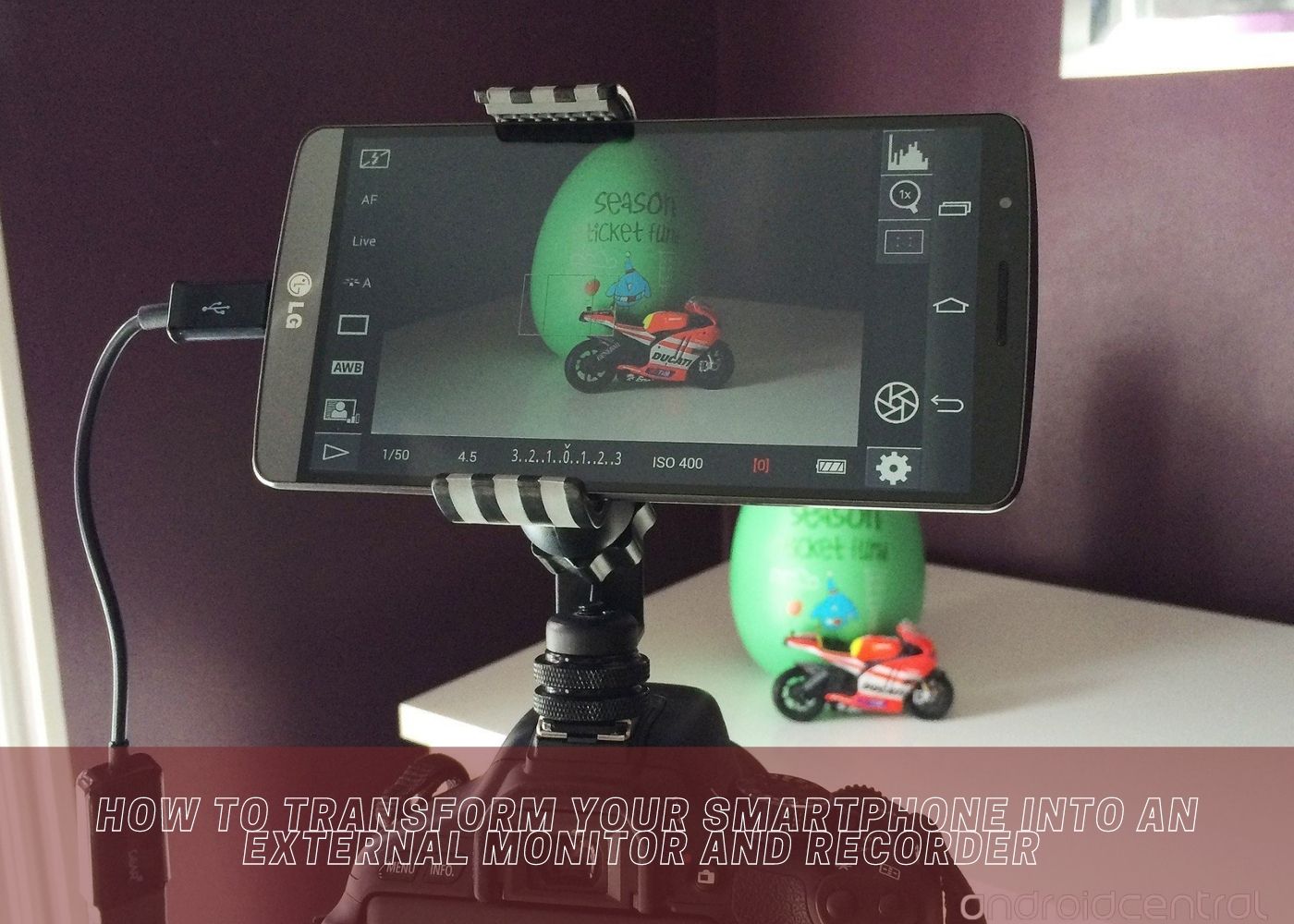Smartphones have been getting smarter since the time the first generation of them became available to us for use. Today, you would be left in awe at what incredible features smartphones of this generation come with. One of the most desirable features of smartphones is their camera features.
As more and more people turn to social media in pursuit of instant fame and fortune; one essential tool they look to help them achieve that goal is their smartphones' cameras. People want to shoot stills and make video recordings to be uploaded to the internet, and smartphones are becoming more and more the most readily available tool for both professionals and amateurs alike. But now, smartphones can even do much more.
Let's take a moment to introduce Film District Dubai, a technology-driven company in Dubai that specializes in Film Equipment Rentals, Audio-Visual Equipment Rental, Photo Booth Rental, and Camera Rental in Dubai.
The screen on your phone in your pocket is probably the best portable screen you have. Since cellphones are now primarily screens, a great deal of effort and resources have gone into making them better. Resolutions for retina displays. HDR. Colorful in every way. They exude a great deal of affection. The main issue is that there isn't a simple method to utilize it for something else, such as a monitor and recorder for your camera. There is, in fact, a method.
Videographers and Photographers have always wanted to find ways to make the most of smartphones in their production process, especially since it would lighten the burden of moving more cumbersome filming equipment. Speedy Photographer Kevin Raposo seems to have found a feasible solution to connect a camera and an Android smartphone to act as an external monitor and recorder.
The nicest thing is that it is wired and does not require the use of Wi-Fi, Bluetooth, or the camera manufacturer's specific apps. The only drawback is that it is incompatible with iPhones.
An HDMI cable, an HDMI-to-USB capture card, and a USB Type-A to USB Type-C cable are required to connect the camera to your phone. You might want to use shorter wires if you're mounting the phone on your camera. You can use almost any type of cable you choose.
Kevin uses a fairly generic HDMI-to-USB capture device – and there are plenty out there that do the basic conversion effectively for a low price – but I use an Atomos Connect 4K at home and would recommend it if you want something reliable and capable of accepting full-quality video output. Many of the less expensive alternatives only accept Full HD input.
Then, in order to put your smartphone to your camera, you'll need to find some mounting gear. For the most basic solution, get a smartphone clamp with a 1/4”-20 thread, such as the Ulanzi ST-02S, and a cold shoe to 1/4”-20 screw.
Once it's mounted and connected, go to the Google Play Store and download the USB Camera Pro app. To get rid of apps, upgrade to the pro version for a little fee. Then you can record up to 4K H.264 at a configurable bitrate with in-line audio. This is all you're going to have to start with.
However, there are certain disadvantages, such as the fact that most systems are limited to Full HD. It does, however, necessitate sufficient processing power from the phone itself, or you may experience dropped frames. It also doesn't record in 10-bit. The best applications are for recording proxies or having a larger screen to preview your movie while shooting.
There you have it; Kelvin Raposo has shown us how we can get more value out of our already indispensable smartphones by transforming them into external monitors as we shoot our photographs and videos. And if you do it right; it could just become a more convenient way to monitor our shoots without lugging heavy equipment.
Visit us at Filmdistrict Dubai to see what we have to offer you in Video production, digital marketing, graphic design, website design and management, film equipment rentals, Audio-Visual Equipment Rental, Photo Booth rentals, and Camera Rentals in Dubai.







